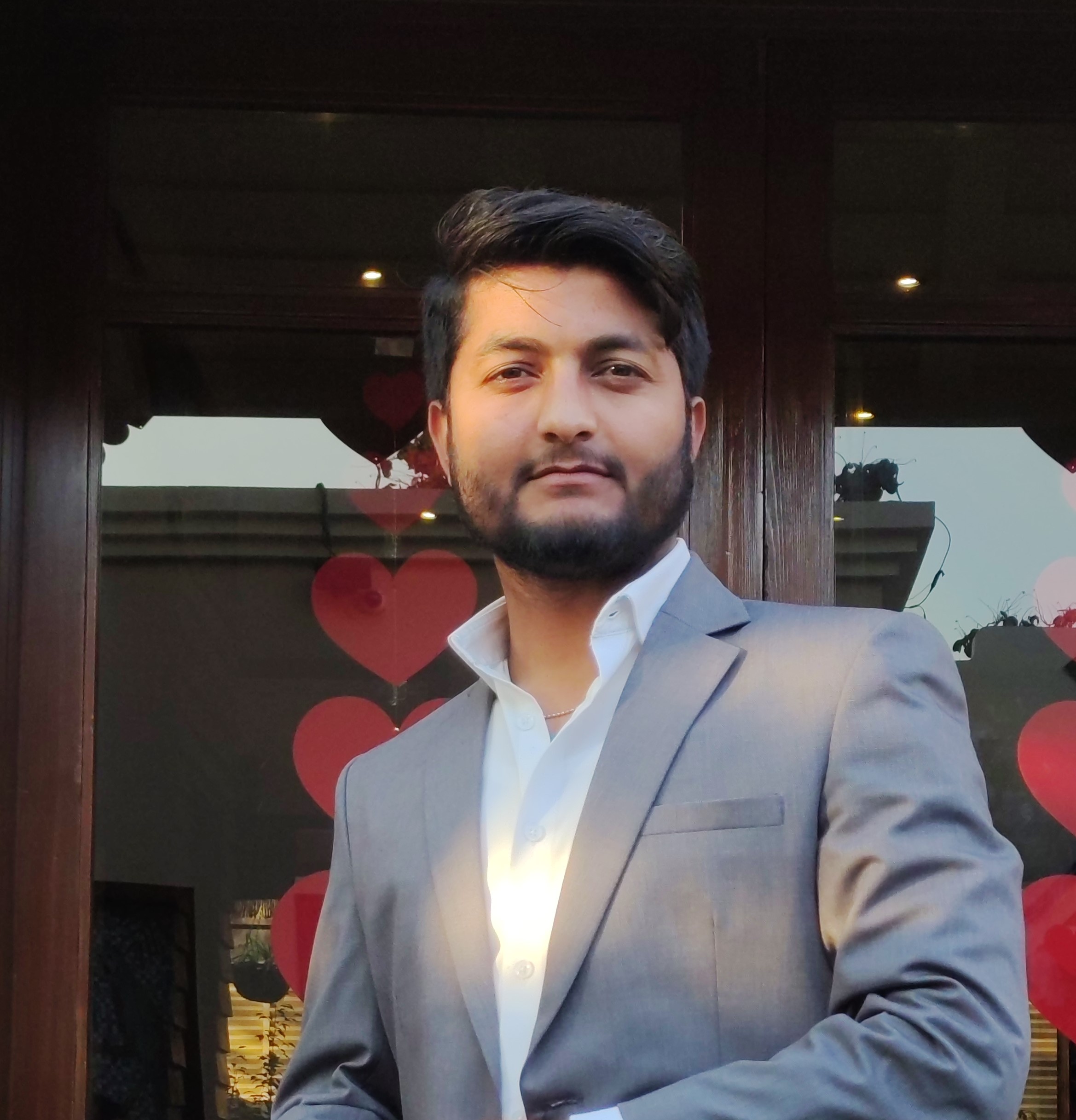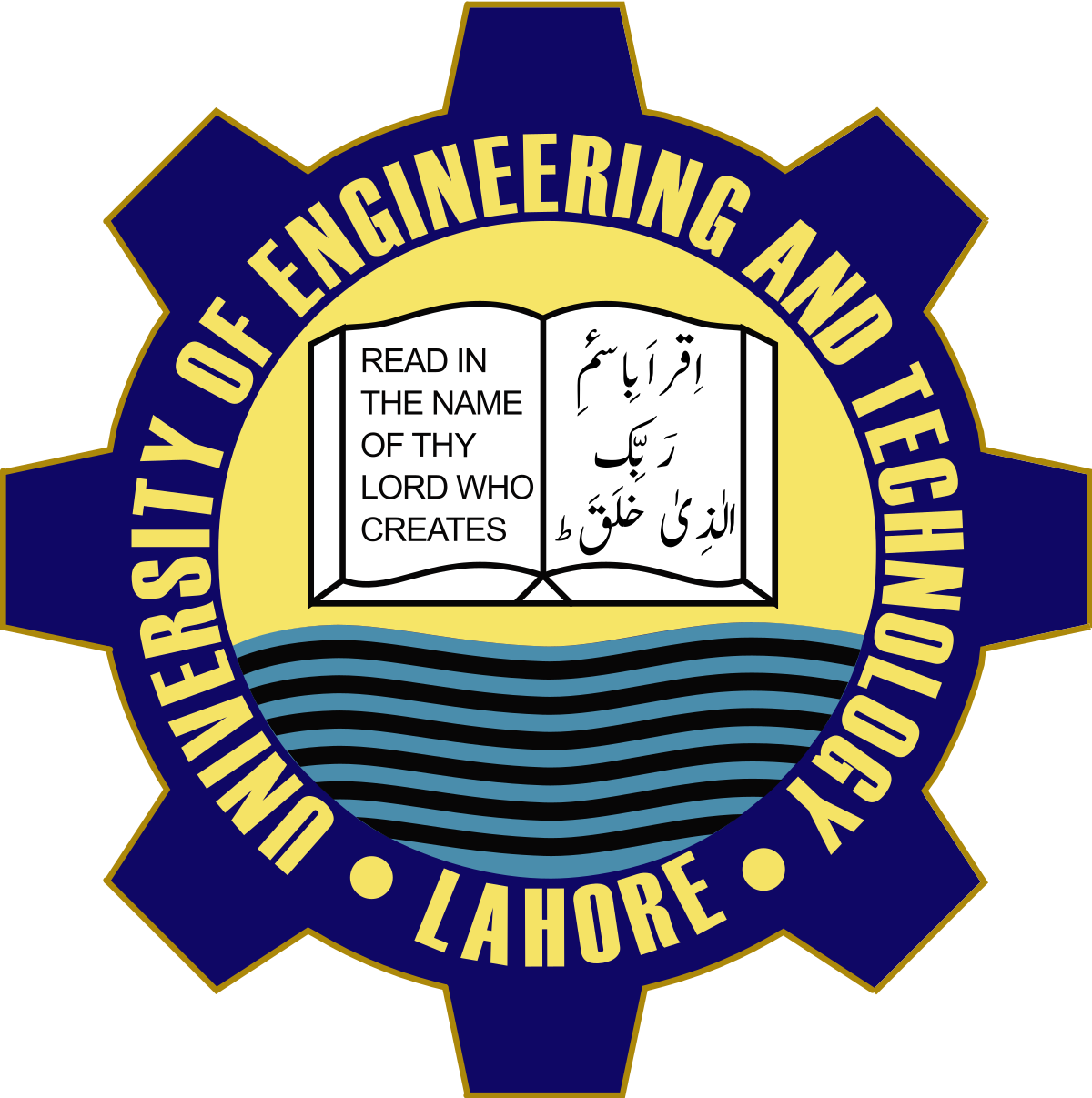Experienced Deep Learning and Computer Vision Engineer with 4+ years of industrial experience. Skilled in Deep Learning, Computer Vision, NLP, and Data Science. Strong R&D professional currently working as a Sr. Machine Learning Engineer at Oscar AI. I am a passionate developer who thrives to design and develop efficient A.I solutons to solve industrial problems.
I got my bachelors from the department of CS & IT, University of Sargodha with a gold medal. My BS was financially supported by University of Sargodha's merit scholarship & Fauji Foundation scholarhip. I obtained my Masters degree in Computer Science (Deep Learning and Medical Image Analysis) from one of the oldest and prestigious engineering universities in Pakistan — University of Engineering and Technology, Lahore.
I have worked in diverse fields of Artificial Intelligence including deep learnig, computer vision, natural language processing and data science. My main area of expertise is in industrial problem solving using state of the art AI tools and technologies. I like to design and develop AI solutions for various business problems involving textual, visual and time series data.
I am learning and practicing MLOps and Cloud technologies for Machine Learning development. I also love to do researach and read about the latest technologies in the field. I regularly follow top notch researchers and labs in the field so I can use thier algorithms in my problems. I am a medium pacer and love to bowl. I am also a casual photographer and a universal foodie.













































